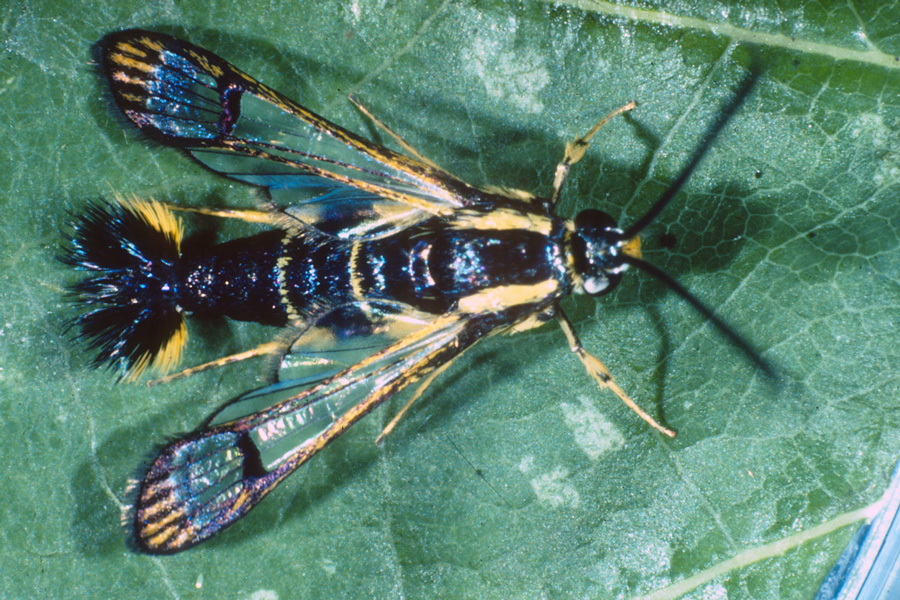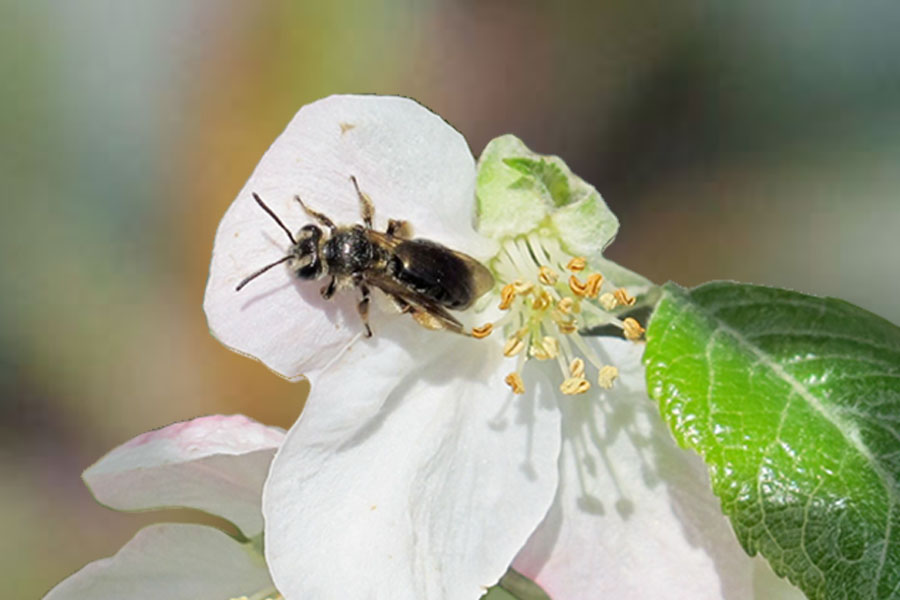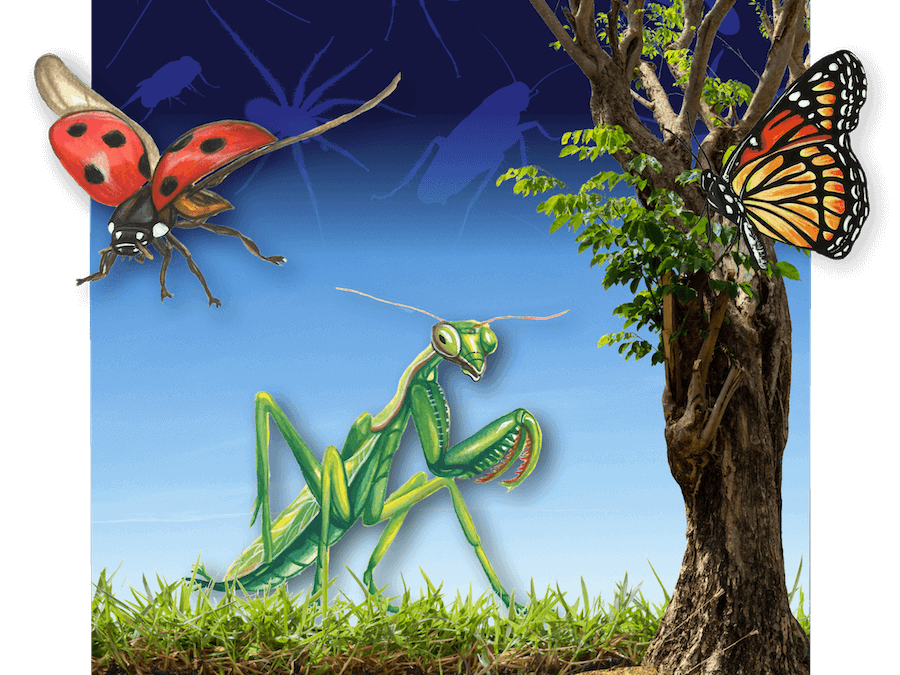
Chilli thrips, Scirtothrips dorsalis, is an invasive thrips species in the U.S. Currently, chilli thrips infest more than 150 crops worldwide, including strawberries, cotton, tea, citrus, and peppers, as well as many ornamental plants. The pest has become increasingly problematic in nurseries because of its wide host range, small size, and rapid reproduction and development. Chilli thrips quickly adapt to a new region. They were first detected in the U.S. in Florida in 1991 but did not immediately establish, and in 2005 they were observed on roses in Florida. The pest is also established in Hawaii and throughout the Caribbean Islands. In Georgia, chilli thrips were first reported in 2007.

Published by University of Georgia Cooperative Extension. For more information or guidance, contact your local Extension office.
The University of Georgia College of Agricultural and Environmental Sciences (working cooperatively with Fort Valley State University, the U.S. Department of Agriculture, and the counties of Georgia) offers its educational programs, assistance, and materials to all people without regard to age, color, disability, genetic information, national origin, race, religion, sex, or veteran status, and is an Equal Opportunity Institution.
Status and Revision History
- Published on July 15, 2020
What is a Circular?
Circulars are more focused than Bulletins and will discuss one subject in a limited form.
Written and Reviewed by Experts
This resource was written and reviewed by experts. Click below for more information on how we produce science you can trust.






